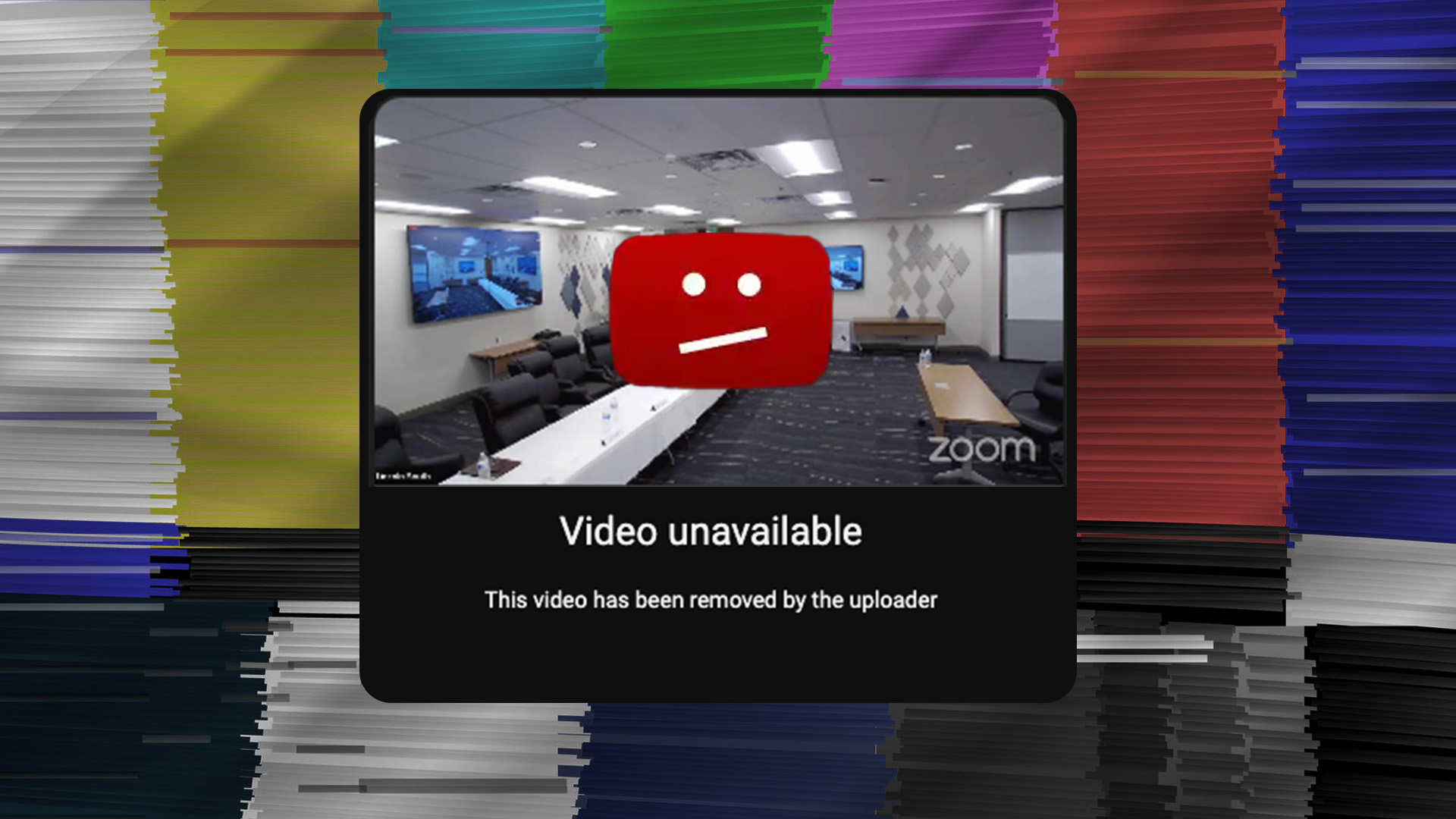Bill Description: House Bill 76 adds a new requirement that aligns value-based payment arrangements with the state fiscal year.
Rating: +1
Analyst Note: For context, value-care arrangements are a new concept in Idaho, meant to save money in the state Medicaid program. In one of these, a primary care provider, known as value care organization, or VCO, cooperates with the state as it treats Medicaid patients. Idaho has used value-care arrangements for four years now.
VCOs get to select their risk level, which is their share of a patient's costs above the standard monthly payment they receive from the state. This risk level is between 25% and 80%, with the state picking up the remainder. As they accept more risk, VCOs can also keep more of the savings from instances where patient’s care costs less than the state’s monthly payment.
To promote efficiency instead of just cost consciousness, the savings a VCO gets to keep are also tied to how well they manage the health of their patients. Those that meet more of the state’s goals get a larger portion of the savings. In theory, this gives VCOs incentives to do things that improve the long-term health of Medicaid patients while also reducing costs to taxpayers.
Does it in any way restrict public access to information related to government activity or otherwise compromise government transparency, accountability, or election integrity? Conversely, does it increase public access to information related to government activity or increase government transparency, accountability, or election integrity?
House Bill 76 requires value-care agreements to be aligned with the state fiscal year — that is, starting on July 1 and ending June 30 of the following year. The current structure of value-care arrangements aligns with the calendar year, causing a mismatch in the savings reported and the state’s budgeting activity. Aligning the calendars could create more transparency in evaluating the efficacy of the program and how much it costs to the taxpayer.
(+1)

